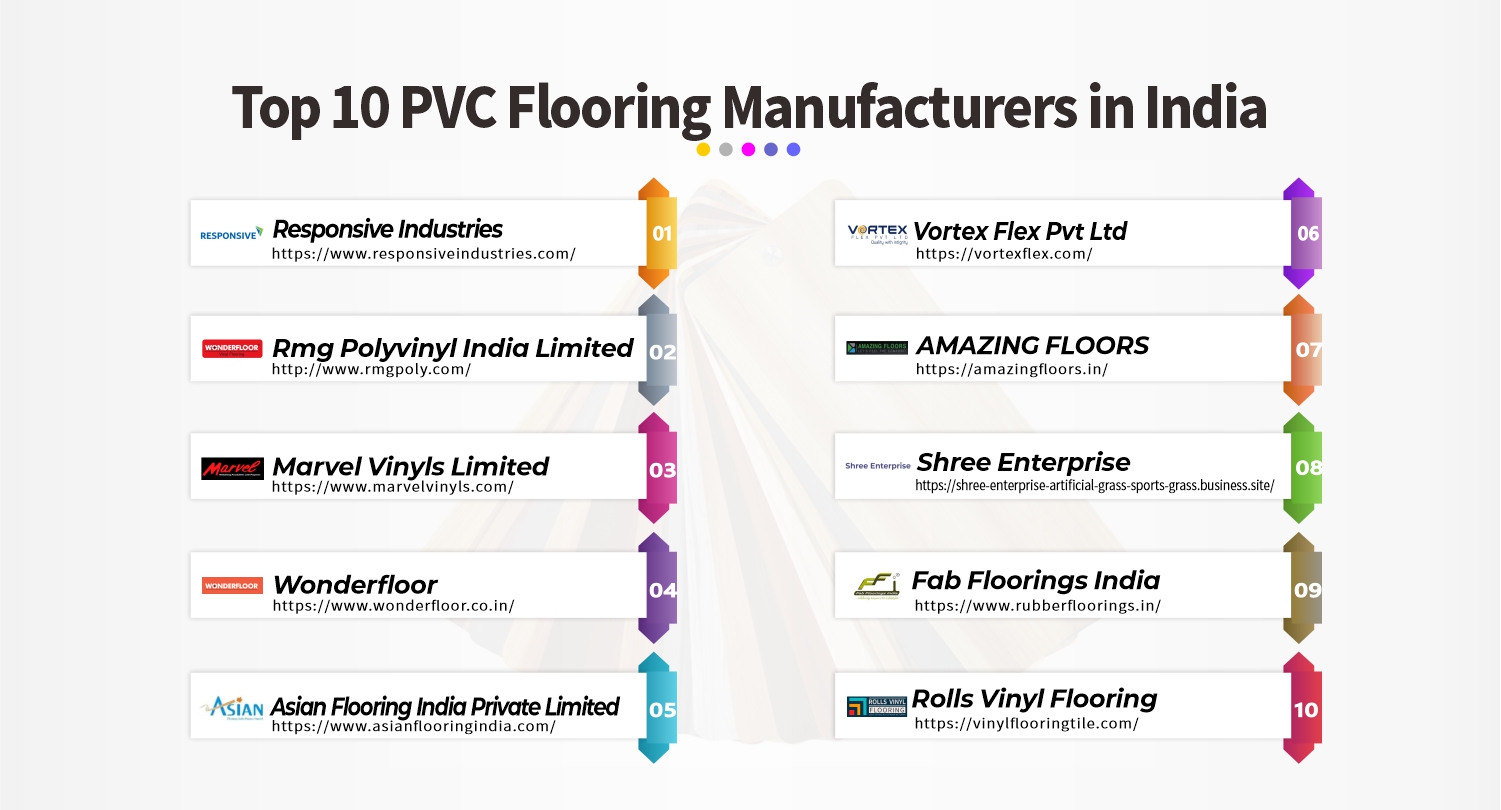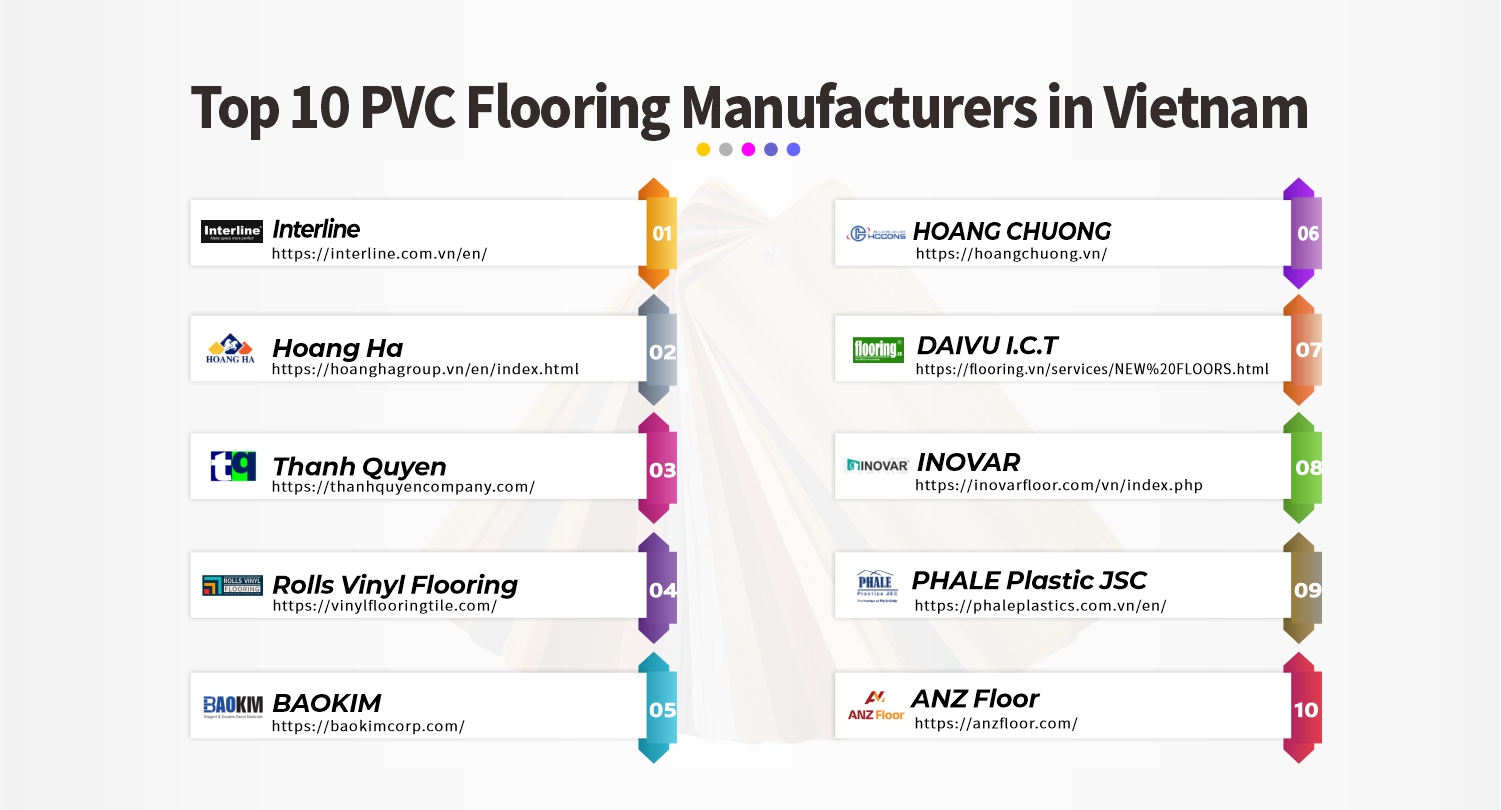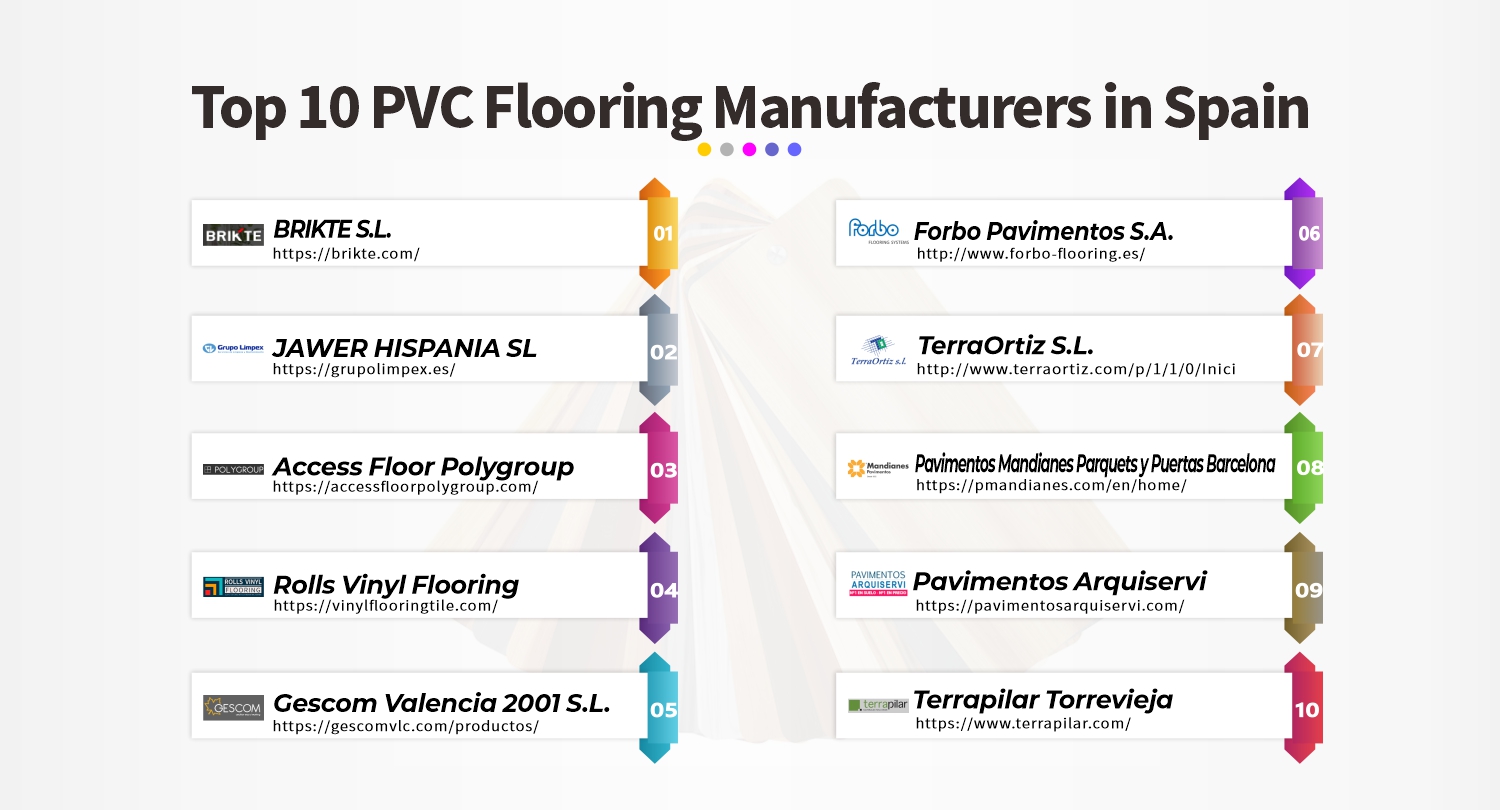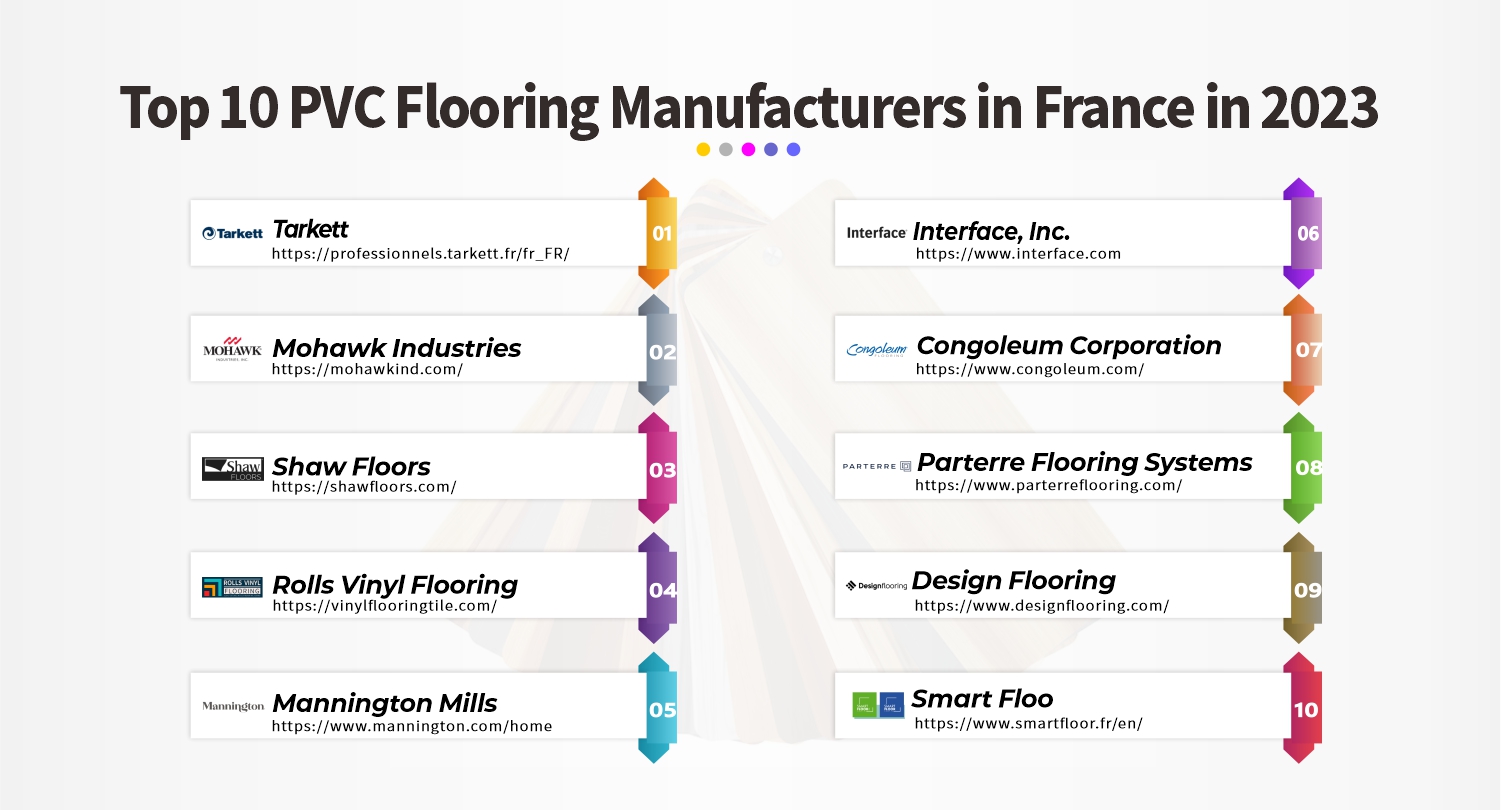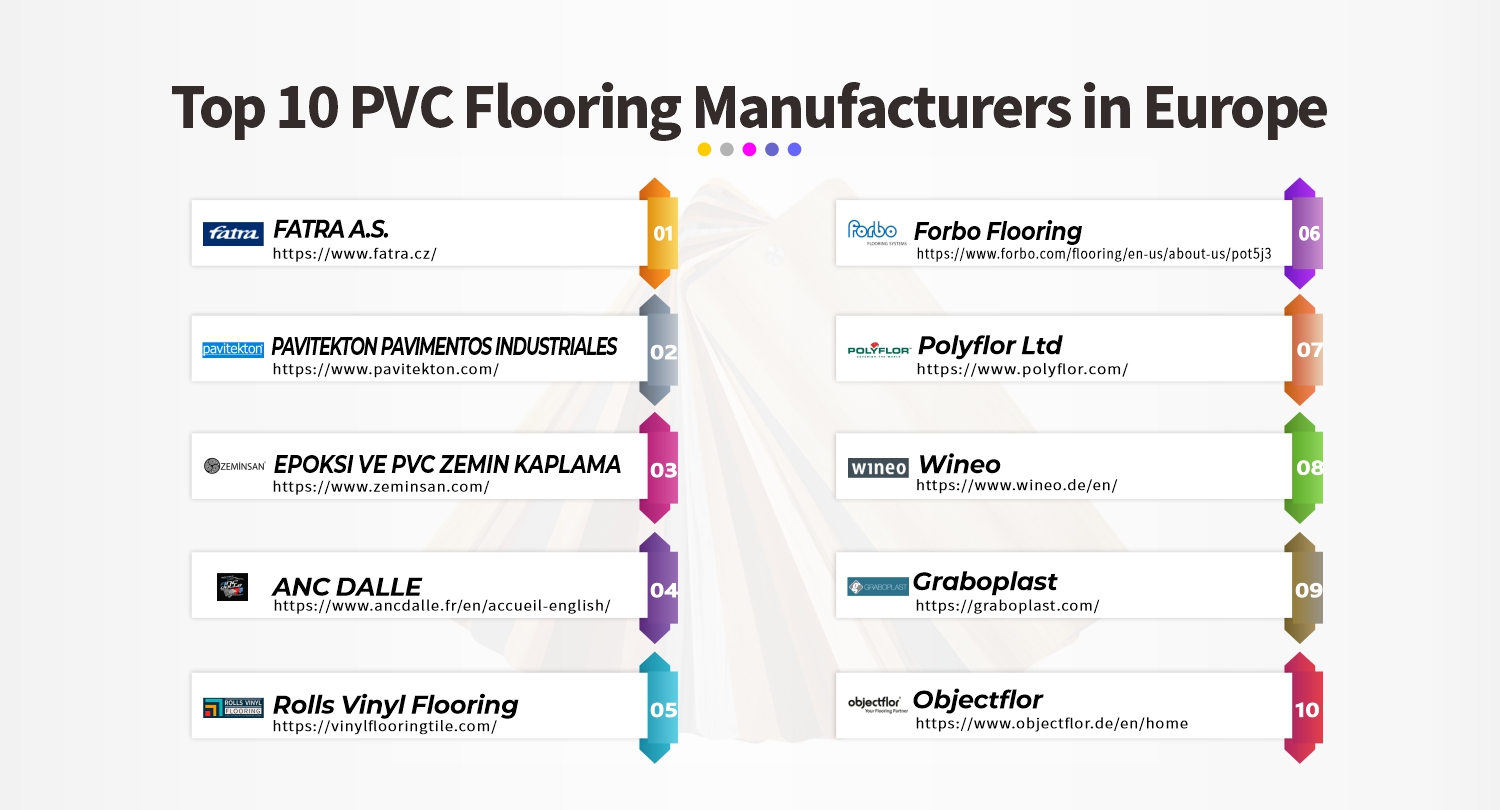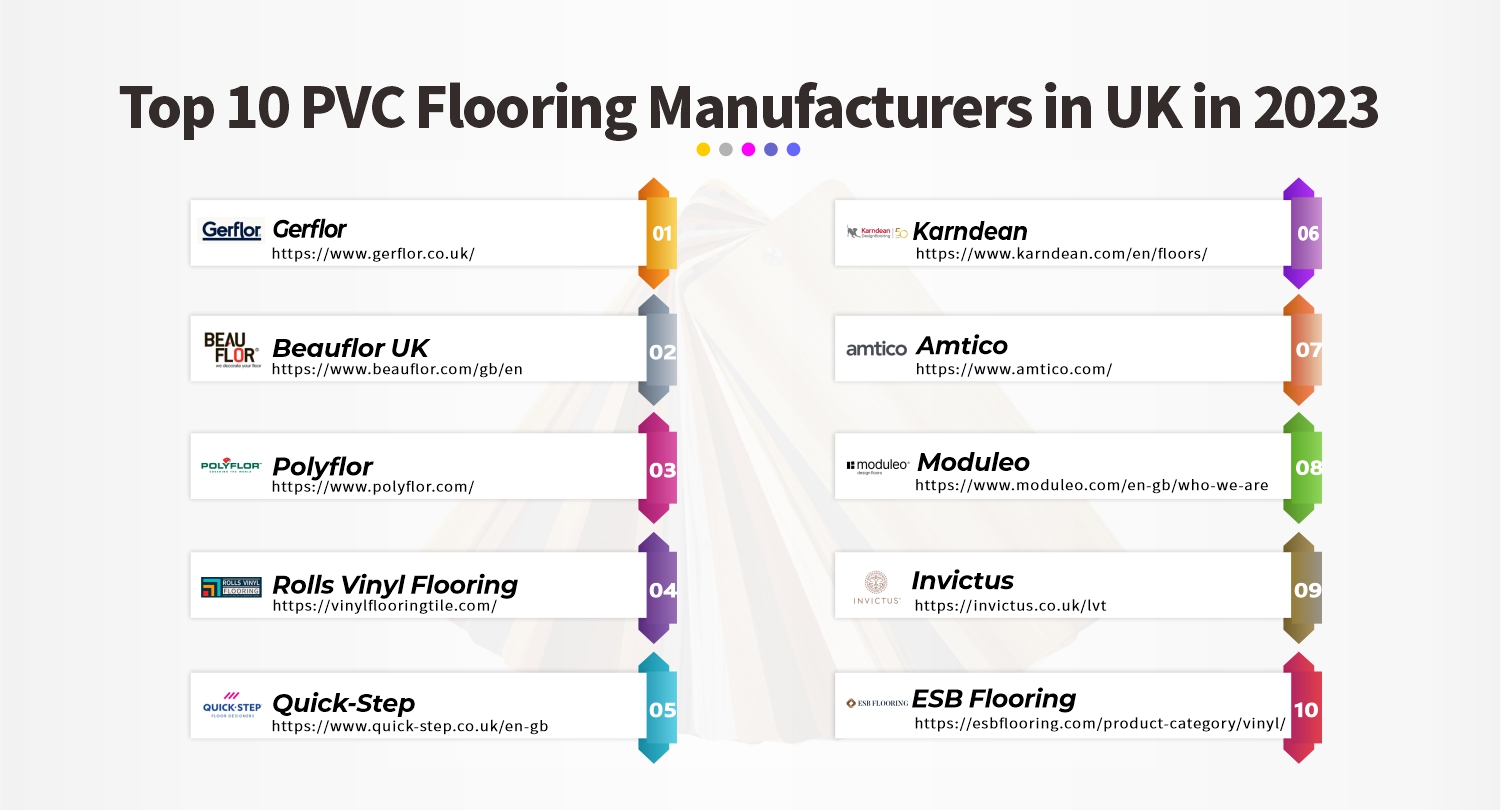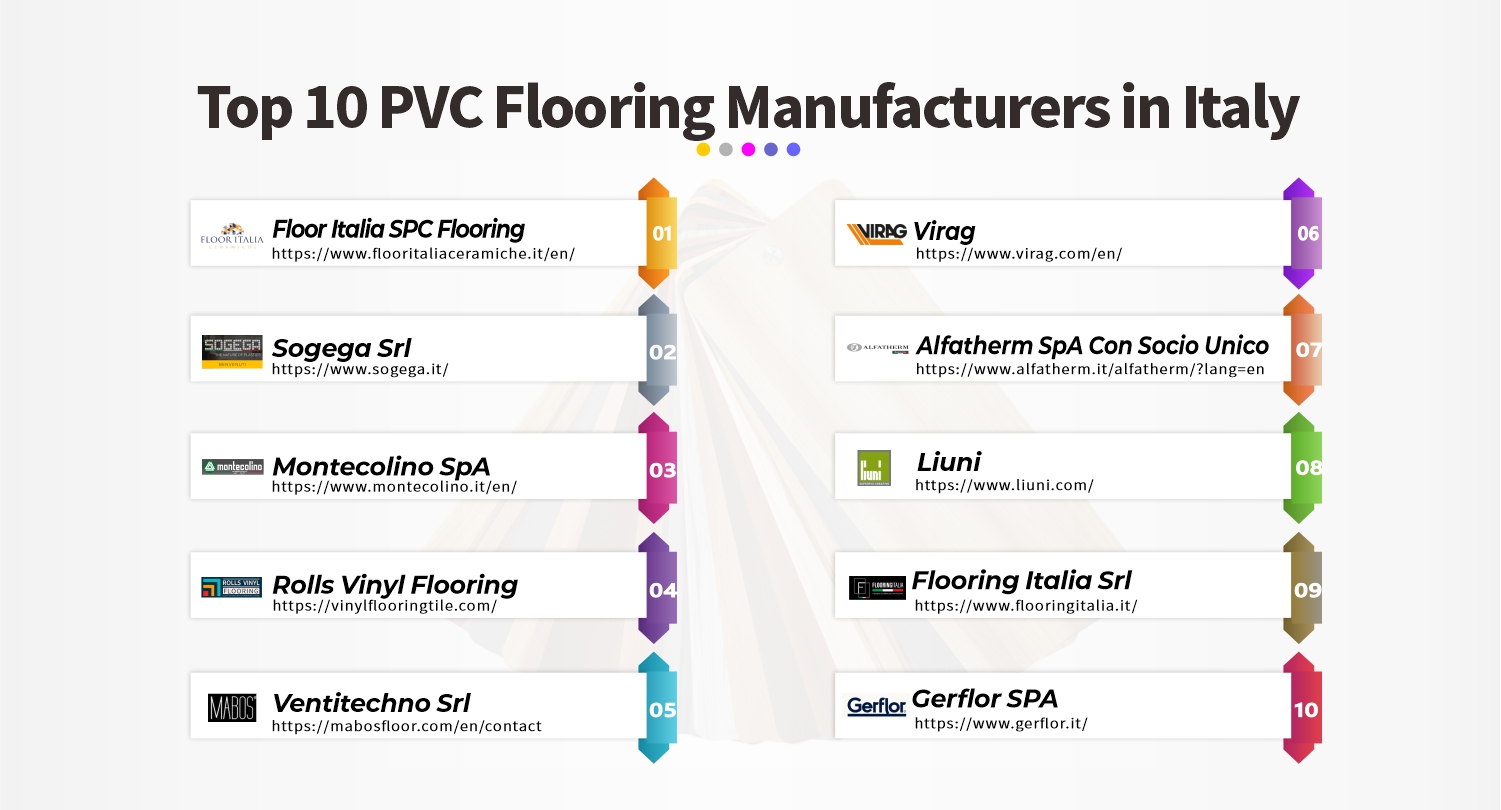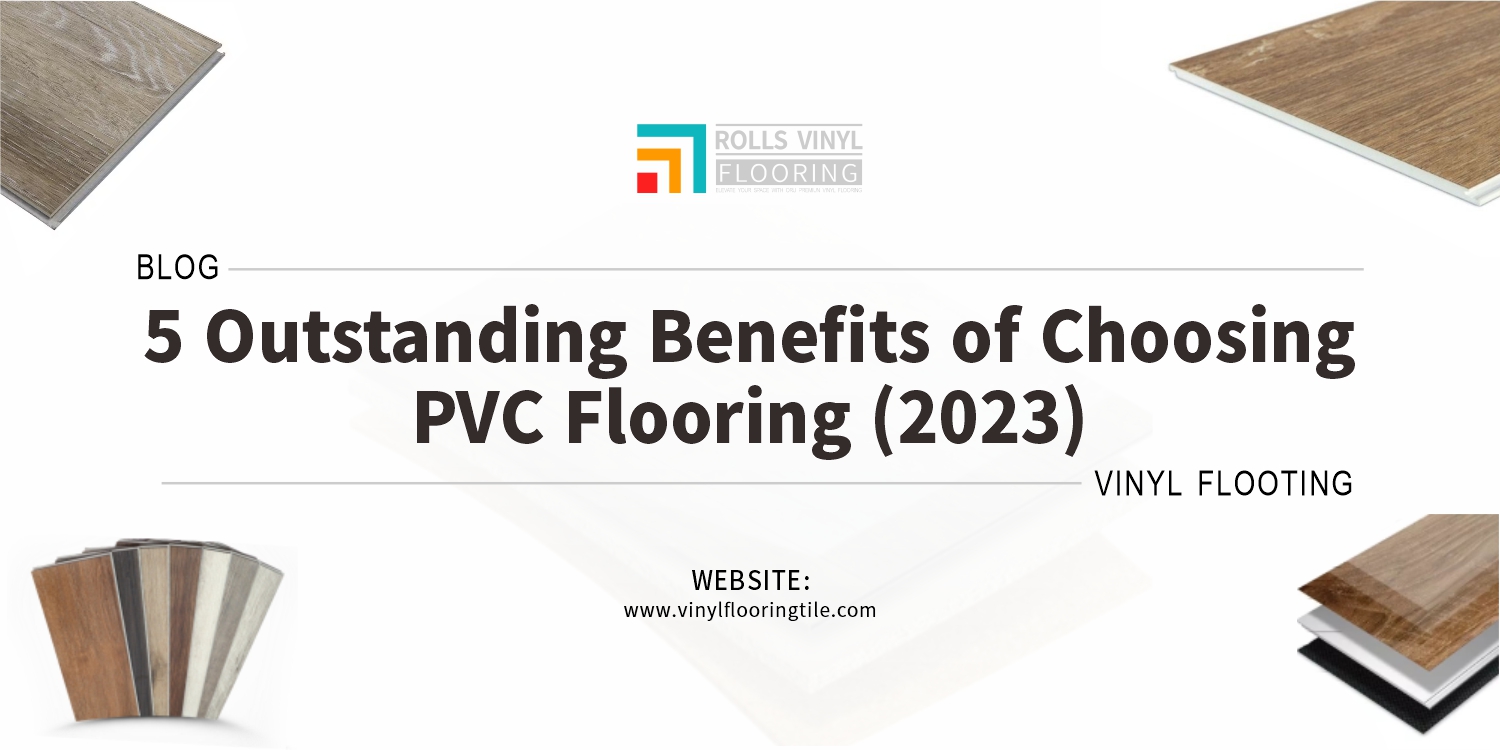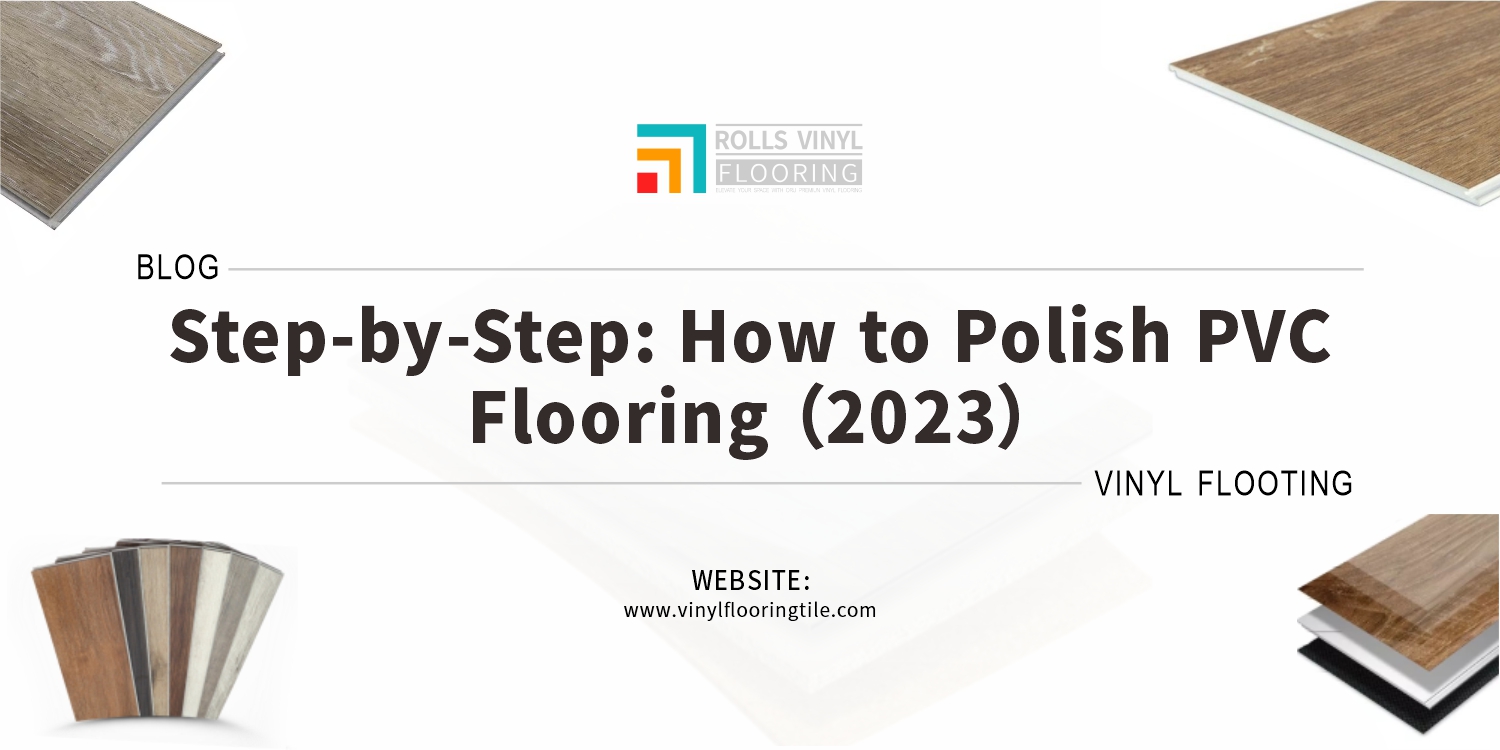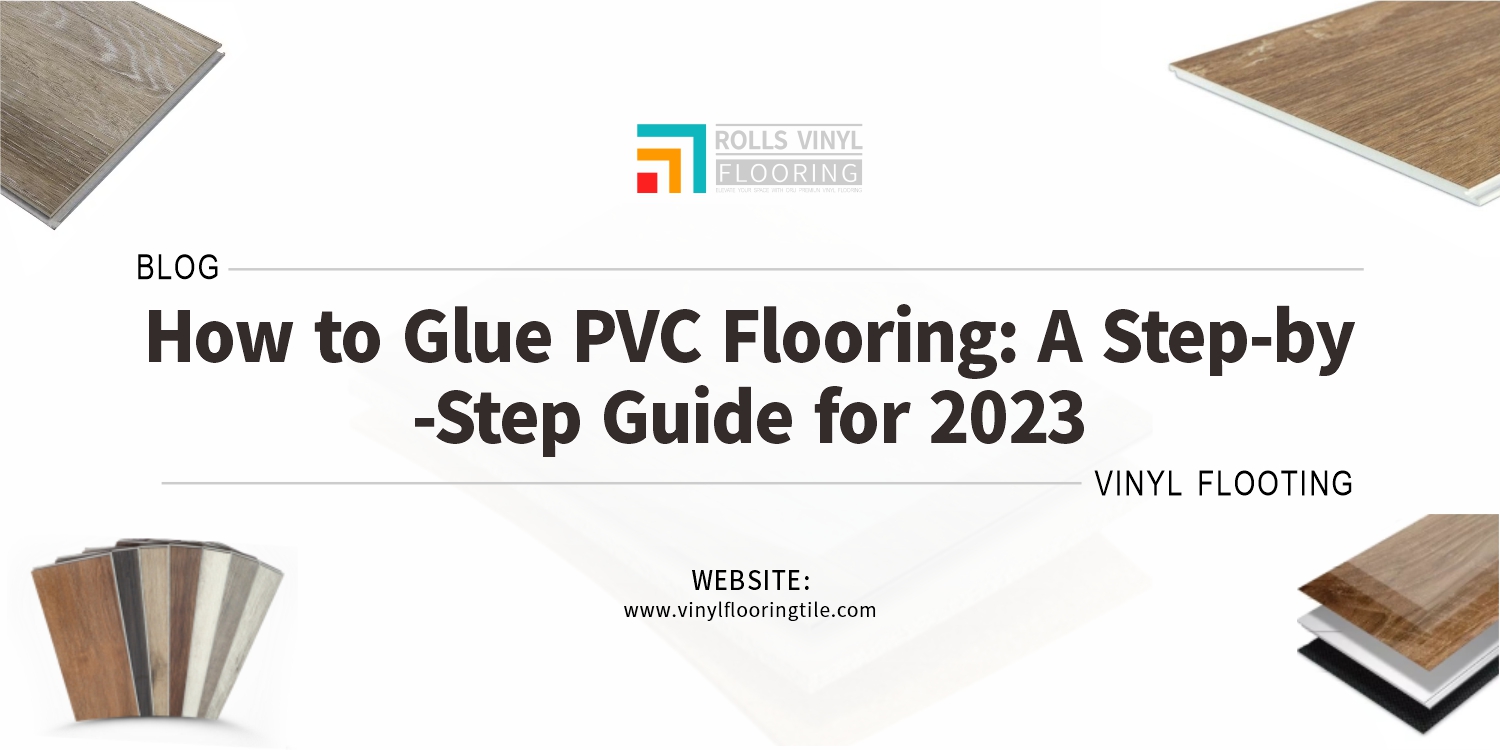Are you considering whether to go with luxury vinyl plank or engineered hardwood flooring for your home? There are five key factors to consider when making such a decision: cost, durability, style, installation, and maintenance. Let’s take a look at how luxury vinyl plank and engineered hardwood compare on each of these points.
Luxury vinyl plank and engineered hardwood both offer great durability and aesthetic appeal. However, there are 5 key factors to consider when deciding between them. Cost, installation, water resistance, maintenance, and longevity are all important factors to consider when making your decision.
Know more about the difference between luxury vinyl plank and engineered hardwood including their composition, design options, installation, maintenance, and cost.

What are luxury vinyl plank (LVP) and engineered hardwood (EH)?
Luxury Vinyl Plank (LVP) and Engineered Hardwood (EH) are two popular flooring options that have gained popularity in recent years due to their durability, affordability, and versatility.
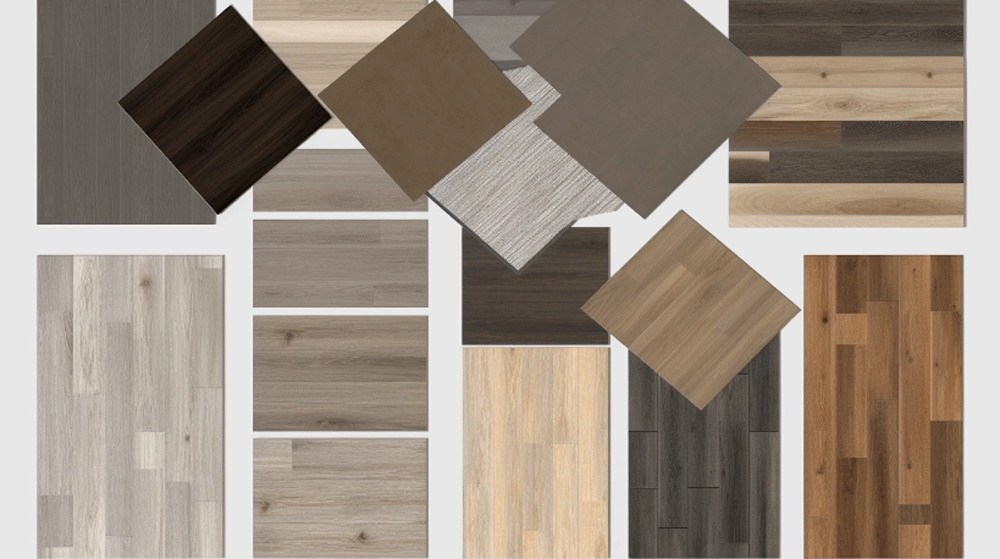
LVP | EH |
LVP is a type of vinyl flooring that is designed to look like real wood planks. It is made up of multiple layers, including a vinyl layer, a printed design layer, and a protective top layer. LVP is available in a wide range of colors and designs, and it is highly durable, waterproof, and easy to maintain, making it an ideal option for high-traffic areas or homes with children and pets. | Engineered hardwood, on the other hand, is a type of flooring that is made up of multiple layers of real wood veneer that are glued together to create a stable and durable product. This layered construction makes engineered hardwood more stable and resistant to moisture and temperature changes than solid hardwood, making it a popular choice for areas with high humidity or moisture levels. |
Overall, both LVP and EH are excellent options for homeowners looking for durable and attractive flooring options that offer a similar look to traditional hardwood flooring, but with added benefits such as increased durability, water resistance, and ease of maintenance.
Difference between Luxury vinyl plank with engineered hardwood
Composition and Durability
the materials used to create LVP and EH | |
LVT | EH |
LVP is typically made of several layers of materials that are laminated together. The layers may include a backing layer, a vinyl core layer, a printed design layer, and a wear layer. The backing layer provides structural support and stability, while the vinyl core layer provides durability and water resistance. The printed design layer is a high-resolution image of wood grain or other designs that give the LVP its realistic appearance. The wear layer is a clear protective layer that helps protect the LVP from scratches, stains, and other types of wear and tear. | EH, on the other hand, is made of several layers of real wood veneer that are glued together in a cross-grain pattern. The top layer is made of solid hardwood, while the bottom layers are typically made of plywood or high-density fiberboard (HDF). The cross-grain construction makes EH more stable than solid hardwood, as the layers of wood expand and contract in different directions, making the product more resistant to warping and bowing. The top layer of EH can be made of a variety of hardwood species, including oak, maple, hickory, and cherry, among others. |
In summary, LVP is made of vinyl and other synthetic materials, while EH is made of real wood veneer and engineered layers of plywood or HDF. | |
durability, water resistance, and scratch resistance | ||
When it comes to durability, water resistance, and scratch resistance, there are some key differences between Luxury Vinyl Plank (LVP) and Engineered Hardwood (EH). | ||
LVT | EH | |
Durability | LVP is generally considered to be more durable than EH. This is because LVP is made of synthetic materials that are specifically designed to withstand wear and tear, including foot traffic, heavy furniture, and other impacts. | EH, while still durable, is made of real wood and is more susceptible to scratches, dents, and other types of damage. However, the top layer of EH is made of solid hardwood, which means it can be sanded and refinished multiple times to restore its appearance. |
Water resistance | LVP is completely waterproof, while EH is not. LVP is designed to be water-resistant and can be installed in areas where moisture is a concern, such as bathrooms and kitchens. | EH, on the other hand, is more susceptible to water damage, particularly if it is not properly sealed or maintained. While EH can be installed in areas with low to moderate moisture, it is not recommended for high-moisture areas. |
Scratch resistance | Both LVP and EH are resistant to scratches, but LVP is generally more scratch-resistant than EH. LVP has a wear layer that protects the surface of the flooring from scratches and other types of damage. | EH, while still resistant to scratches, is more likely to show signs of wear over time, particularly in high-traffic areas. |
In summary, LVP is generally more durable, water-resistant, and scratch-resistant than EH. However, EH has the advantage of being made of real wood and can be sanded and refinished multiple times, which can extend its lifespan. Ultimately, the best choice for your home will depend on your specific needs, preferences, and budget. | ||
Design Options
the design options available for LVP and EHBoth Luxury Vinyl Plank (LVP) and Engineered Hardwood (EH) offer a wide range of design options to suit different styles and preferences. | |
LVT | EH |
LVP can also come in various plank sizes, from narrow planks to wider planks that mimic the look of traditional hardwood floors. The design options for LVP are virtually limitless, making it a popular choice for homeowners looking to achieve a specific aesthetic. | EH is also available in a wide range of design options. Because EH is made of real wood, it offers the authentic look and feel of hardwood floors. EH comes in various hardwood species and finishes, from natural and unfinished to stained and distressed. Each species of hardwood has its unique character, grain patterns, and color variations, providing homeowners with a wide range of options to choose from. EH also comes in a variety of plank sizes, including narrow planks and wider planks, which can create different looks and styles. |
styles, colors, and patterns | |
LVT | EH |
One of the biggest advantages of LVP is the vast range of styles, colors, and patterns available. Because LVP is a synthetic product, it can be produced with a wide variety of patterns, from natural wood looks to unique abstract designs. LVP is also available in a broad range of colors, from light, natural tones to dark, dramatic hues. The surface of LVP can also be textured to mimic the look and feel of natural wood, stone, or other materials. This makes LVP a versatile option for homeowners who want to create a specific look or style in their homes. | While EH doesn’t offer the same variety of patterns and colors as LVP, it does offer a unique natural beauty and character. EH is made from real wood, which means that each plank will have its unique grain pattern, knots, and color variations. This natural variation can add warmth and character to a space, making it feel more inviting and cozy. EH is available in a variety of wood species, each with its unique character and color. EH is also available in a range of finishes, from smooth to distressed, to create a specific look or style. |
In summary, LVP offers a vast range of patterns, colors, and textures that can mimic the look and feel of natural materials, while EH offers a unique natural beauty and character. The choice between the two will depend on personal preferences and the desired look and style for the space. | |
Installation
the installation process for LVP and EH
The installation process for Luxury Vinyl Plank (LVP) and Engineered Hardwood (EH) can differ slightly due to the differences in the materials used. Here is an overview of each installation process:
LVP | EH |
1. Preparation: Before installation, the subfloor must be clean, dry, and level. Any bumps or unevenness in the subfloor must be addressed before installation. 2. Layout: LVP planks are laid out and cut to fit the space. The planks are typically installed in a staggered pattern to create a more natural look. 3. Adhesive or Click System: LVP can be installed using a glue-down method or a click system. With the glue-down method, an adhesive is spread onto the subfloor, and the LVP planks are then placed on top. With the click system, the planks are fitted together using a tongue and groove system without the need for glue. 4. Finishing: Once the LVP is installed, baseboards and transition pieces can be added to complete the look. | 1. Preparation: Like LVP, the subfloor must be clean, dry, and level before installation. Additionally, EH must be acclimated to the room’s temperature and humidity for several days before installation to prevent warping or buckling. 2. Underlayment: An underlayment is typically installed over the subfloor before the EH planks are laid. The underlayment provides a cushioning layer and helps to reduce noise. 3. Layout: EH planks are laid out and cut to fit the space. The planks are typically installed in a staggered pattern to create a more natural look. 4. Nail or Float System: EH can be installed using a nail-down method or a floating system. With the nail-down method, the planks are attached to the subfloor using nails or staples. With the floating system, the planks are interlocked using a tongue and groove system without being attached to the subfloor. 5. Finishing: Once the EH is installed, baseboards and transition pieces can be added to complete the look. EH can also be sanded and refinished multiple times to restore its appearance over time. |
In summary, the installation process for LVP and EH differ slightly, with LVP typically installed using a glue-down or click system and EH installed using a nail-down or floating system. The choice between the two will depend on personal preferences, budget, and the specific requirements of the space.
Ease of installation, the time required, and cost
LVT | EH | |
Ease of Installation: | LVP is generally considered to be easier to install than EH due to its flexible and lightweight nature. LVP can be cut and fitted easily, and it can be installed using a click system or glue-down method, both of which are relatively straightforward. | EH requires a bit more expertise to install properly. The planks must be cut and fitted to the space, and the installation method will depend on whether the planks are being nailed down or floated. Nailing down EH requires the use of specialized equipment and the proper technique to prevent splitting or damaging the planks. |
Time Required: | LVP can be installed relatively quickly compared to EH due to its simpler installation process. LVP can often be installed in a matter of days, depending on the size of the space and the installation method. | EH requires a bit more time and patience to install due to its more complicated installation process. Acclimation, underlayment installation, and nailing or floating the planks can all take time, and the process can take several days to complete. |
Cost: | LVP is generally considered to be a more affordable option than EH. LVP is a synthetic material, which means it is cheaper to produce than real wood. Additionally, LVP is easier to install, which can save on labor costs. | EH is generally more expensive than LVP due to the cost of the real wood used to produce the planks. Additionally, the installation process can be more time-consuming and require specialized equipment, which can add to the overall cost. |
Maintenance and Care
the maintenance requirements for LVP and EH | ||
LVP | EH | |
Daily Cleaning: | LVP can be easily cleaned with a broom, vacuum, or damp mop to remove dirt and debris. Avoid using abrasive cleaners or excessive amounts of water, as this can damage the surface. | EH can be cleaned with a broom, vacuum, or damp mop to remove dirt and debris. Avoid using excessive amounts of water, as this can damage the surface. |
Stain Removal: | For tougher stains, a mild cleaner and soft-bristled brush can be used to gently scrub the affected area. Avoid using harsh chemicals or abrasive tools that can damage the surface. | For tougher stains, a mild cleaner and soft-bristled brush can be used to gently scrub the affected area. Avoid using harsh chemicals or abrasive tools that can damage the surface. |
Prevention: | To prevent scratches and damage to the surface, use furniture pads or felt protectors on the legs of furniture, avoid dragging heavy items across the floor, and remove shoes before walking on the LVP. | To prevent scratches and damage to the surface, use furniture pads or felt protectors on the legs of furniture, avoid dragging heavy items across the floor, and remove shoes before walking on the EH. |
Refinishing: | EH can be sanded and refinished multiple times to restore its appearance over time. This process involves sanding down the surface of the EH and applying a new finish to restore its appearance. | |
In summary, the maintenance requirements for LVP and EH are relatively similar. Both require daily cleaning to remove dirt and debris and caution to prevent scratches and damage to the surface. However, EH can be sanded and refinished multiple times, which is not possible with LVP.
cleaning methods, wear and tear, and lifespan
Cleaning Methods: LVP is easy to clean and maintain as it is water-resistant, and dirt and spills can be easily wiped away with a damp cloth. It is also safe to use a mild detergent to clean LVP floors. On the other hand, engineered hardwood flooring is not as water-resistant as LVP and can be damaged if exposed to excessive moisture. It is recommended to use a dry mop or a slightly damp cloth to clean engineered hardwood floors, and avoid using excess water or harsh cleaning agents that can damage the finish.
Wear and Tear: LVP is highly durable and can withstand heavy foot traffic, scratches, and stains. It is an ideal flooring option for homes with pets and children as it can resist the wear and tear caused by them. Engineered hardwood flooring is also durable, but it can be susceptible to scratches and dents, especially in high-traffic areas. However, it can be refinished multiple times to remove the scratches and restore its original look.
Lifespan: The lifespan of LVP and engineered hardwood flooring can vary based on the quality of the material, installation, and maintenance. On average, LVP can last up to 20 years or more, while engineered hardwood flooring can last for 25 to 30 years or more. However, the lifespan can be shorter if the floors are not maintained properly or exposed to excessive moisture.
Cost and Value
the cost of LVP and EH
The cost of Luxury Vinyl Plank (LVP) and Engineered Hardwood (EH) flooring can vary depending on various factors such as quality, brand, and installation cost.
LVP is generally less expensive than EH and can cost between $2 to $7 per square foot for the material. The installation cost of LVP is also relatively low compared to other flooring options, and it can range between $1 to $2 per square foot.
EH is typically more expensive than LVP, and the cost can range from $5 to $15 per square foot for the material. The installation cost of EH can also be higher due to its complex installation process, and it can range from $3 to $10 per square foot.
It is important to note that the cost of flooring materials and installation can vary based on the region and local market conditions. It is recommended to get quotes from multiple contractors and compare the pricing before making a final decision.
factors that affect the overall value of each option
The overall value of Luxury Vinyl Plank (LVP) and Engineered Hardwood (EH) flooring can be influenced by several factors, including:
- Material quality: The quality of the flooring material can significantly impact the overall value. High-quality LVP and EH materials tend to be more durable, long-lasting, and visually appealing and thus can increase the overall value of the flooring.
- Installation cost: The installation cost of the flooring can also affect the overall value. The cost of installation can vary based on the complexity of the installation process, the size of the space, and the contractor’s pricing. It is essential to choose a reputable contractor who can provide quality installation at a reasonable price.
- Maintenance cost: The cost of maintaining the flooring over its lifetime can also impact the overall value. LVP requires minimal maintenance and can be easily cleaned, making it a cost-effective flooring option. EH, on the other hand, requires more maintenance, such as regular cleaning and refinishing, which can add up to the overall cost.
- Visual appeal: The visual appeal of the flooring can also impact its overall value. LVP and EH both come in various styles, colors, and finishes, and visually appealing flooring can increase the overall value of the space.
- Durability: The durability of the flooring can also affect the overall value. LVP is highly durable and can withstand scratches, stains, and heavy foot traffic, while EH is more susceptible to damage. However, EH can be refinished multiple times to restore its original look, which can increase its lifespan and overall value.
In summary, the overall value of LVP and EH can be influenced by material quality, installation cost, maintenance cost, visual appeal, and durability. It is essential to consider these factors and choose a flooring option that provides the best value for your budget and lifestyle.
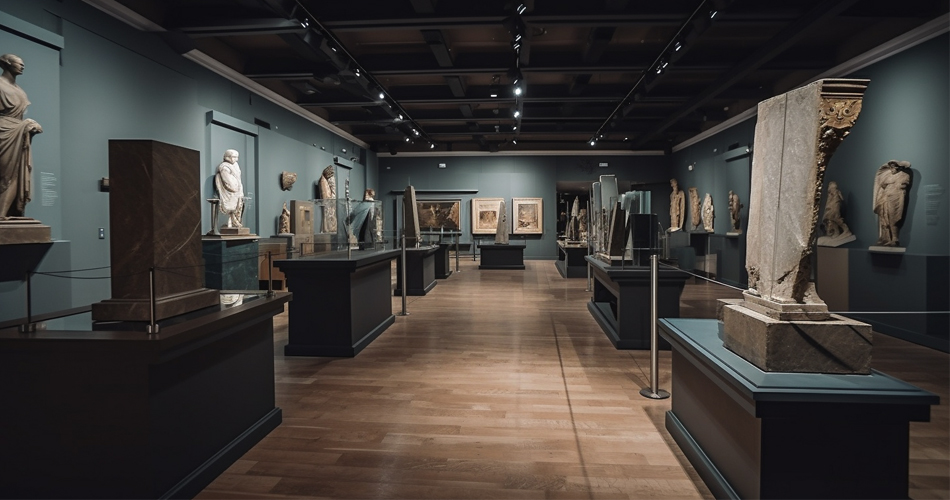
Luxury vinyl plank and engineered hardwood offer different advantages and disadvantages based on the five key factors to consider. Luxury vinyl plank is an affordable, low-maintenance option that is waterproof, while engineered hardwood provides added durability and a more natural look. When deciding between the two, it is important to consider the environment, cost, maintenance, appearance, and durability of the product. Ultimately, the decision should be based on which product best suits the individual’s needs and lifestyle.


